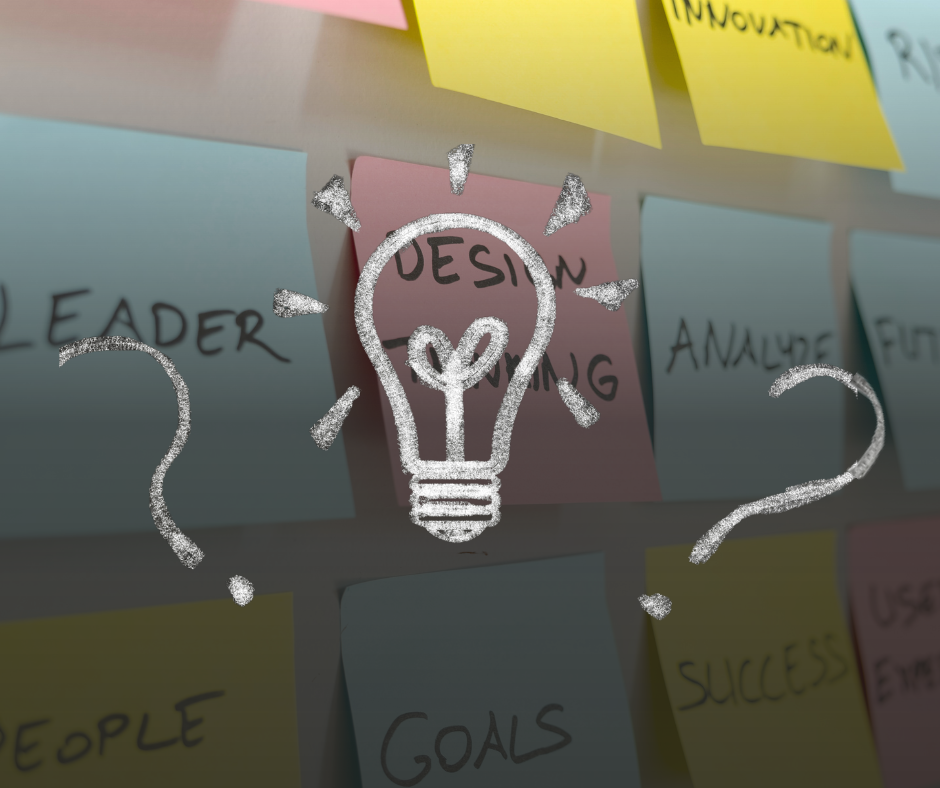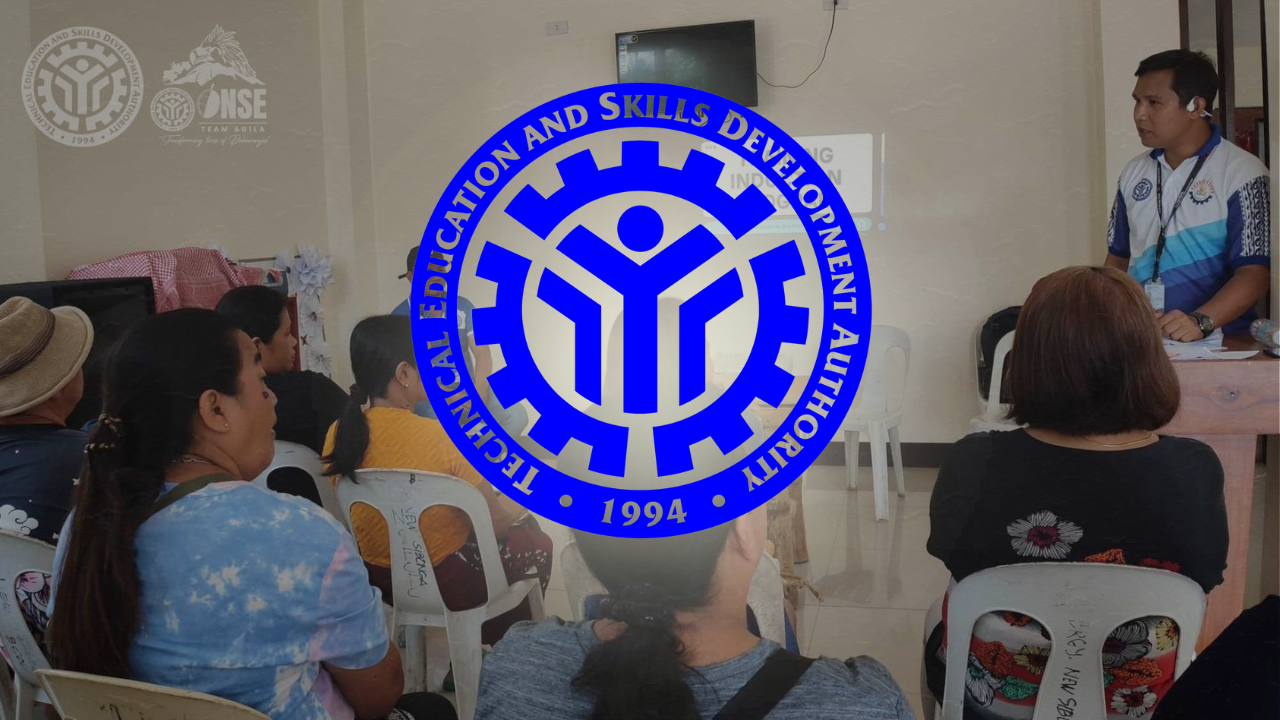
Chatbots that can quickly produce essays challenge academic integrity. However, researchers at the University of South Australia believe design thinking can combat AI-powered cheating.
Originally used in design fields, design thinking focuses on empathy, critical thinking and collaboration—skills that AI finds hard to replicate.
Design thinking addresses this challenge through a multi-stage process. Students explore a problem, brainstorm solutions, build prototypes, test ideas and refine their work, all with teacher oversight.
This ongoing process is said to promote improvement and helps teachers track student progress, making it harder to use AI-generated content undetected.
“The beauty of design thinking is that it allows teachers to assess student progress at any point of the process,” Maria Vieira, lead researcher and Ph.D. candidate at UniSA said.
“Unlike traditional classroom settings where there’s often a ‘right’ answer, design thinking addresses problems without predetermined solutions, challenging students to think more critically and creatively,” she added
Shifting from memorization also creates opportunities for creative problem-solving. Such could enable students to learn essential modern skills, play as a team member and accept and encourage peer feedback.
“During the design thinking process, students have the opportunity to navigate ambiguity, develop empathy, recognize failure as part of the learning process and collaborate — all skills that are essential,” said.
Design thinking is not a cure-all, but researchers see it as a practical solution for educators facing AI challenges. It can be easily integrated into K-12 curriculums, helping to combat AI-powered plagiarism
The focus on critical thinking is crucial, especially after the Philippines’ poor performance in the PISA 2022 Creative Thinking Assessment. Design thinking, which addresses open-ended problems and evaluates ideas, aligns well with the assessment’s goals.
By teaching critical thinking, design thinking can help students avoid AI-powered cheating and succeed in a world that needs creative solutions.
“Teachers at all levels of education are challenged by the dilemmas presented by generative AI, with one of the biggest issues being academic honesty and authenticity,” Viera said.
The researcher explained that chatbots like ChatGPT are tempting for students seeking a quick shortcut.
“We know that new technologies are not going away, so as teachers, we need to find ways to promote and assess authentic learning,” she said in a Phys.org article.


